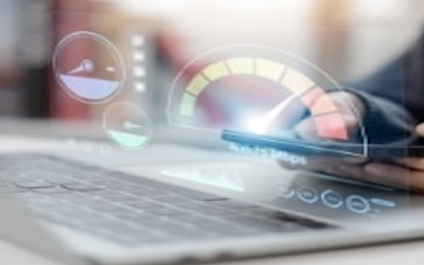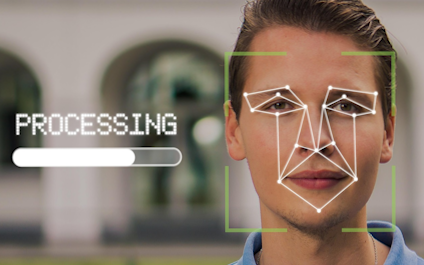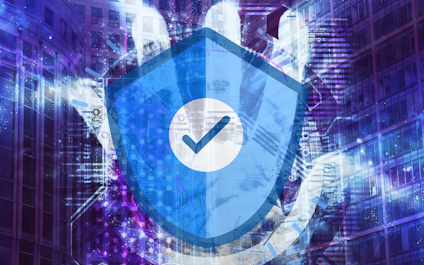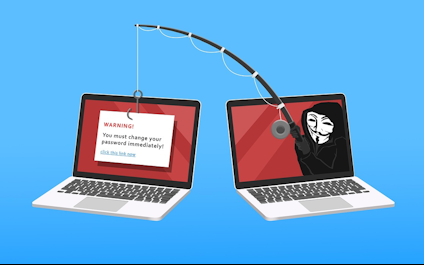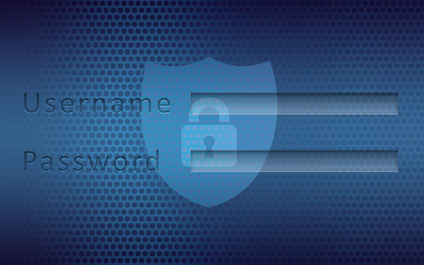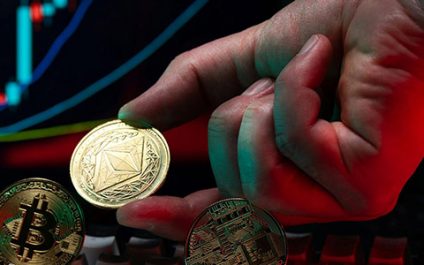Did you know? Experts discover over 560K pieces of malware every single day.
These dangerous programs can devastate your systems, by stealing your data, secretly spying on your communications, and hacking into your accounts. To protect your devices and avoid dangerous malware, taking just a few simple steps each day will provide you with better cyber hygiene overall






